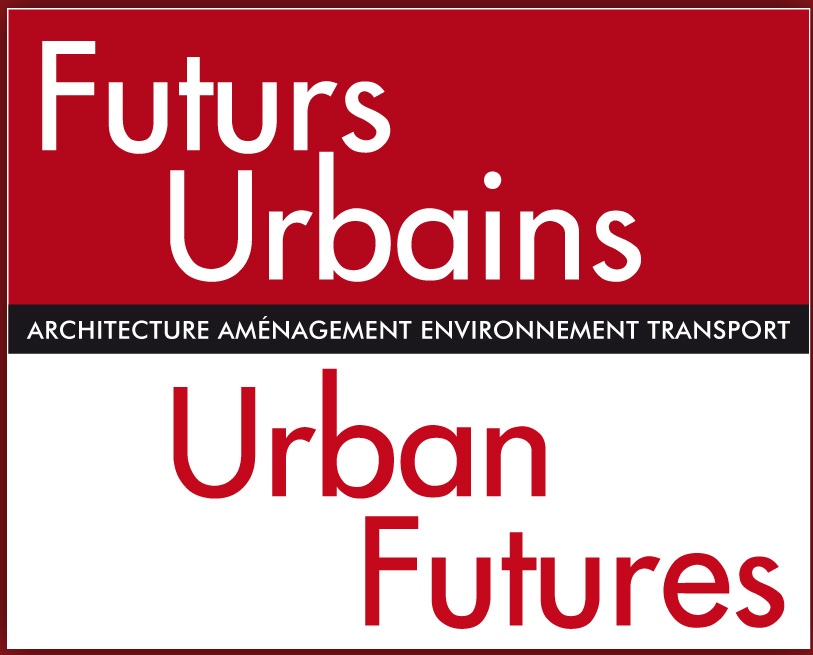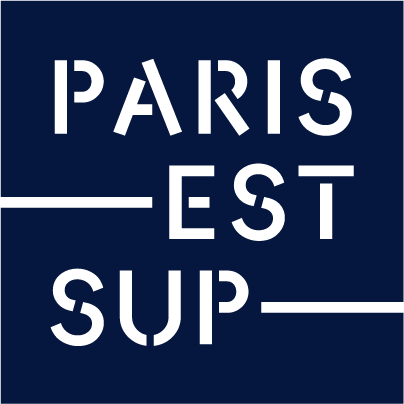LABEX’s Cross-cutting Groups
The scientific focuses of LABEX’s thirteen cross-cutting groups and the diffuse cities and urbanization network are all on LABEX’s own major research themes: Economic forces, innovation dynamics and social transformations :
The new horizon for globalised cities ;
Urban activity and the environment: new models for construction ;
Cities for everyone: new vulnerabilities and governance methods ;
Efficient services for better quality urban life: a necessary change in socio-technical paradigm.
Presentation of the Cross-cutting Groups and the diffuses cities and urbanization network
Developing critical knowledge and acquiring the skills needed to produce one's own images have now become key intellectual and political issues for researchers. To find out more.http://www.futurs-urbains.fr/groupes-transversaux/les-groupes-transversaux-du-labex/groupe-transversal-penser-lurbain-par-limage/
The cross-cutting group "City and digital technology" focuses on city-digital relations based on the rapidly increasing penetration of digital technology into the cities of the future. Aside from the (still somewhat unclear) themes that receive extensive media coverage of big data and the smart city, this research is needed to gain a better undestanding of the consequences of the increased penetration of everything digital into urban spaces for the different stakeholders involved, i.e., individuals, private stakeholders and public authorities. To find out more.
The cross-cutting group "City and energy" aims to bring together LABEX member research teams around energy-related themes and forster exchanges at both national and international level between researchers and stakeholders concerned by such themes. To find out more.
The "Risks" Transversal Group (RTG) aims to bring together researchers, lecturer-researchers and doctoral students from Université Paris-Est who, despite belonging to different labs and diverses disciplines, have set themselves the commun task of researching the teme of risks. To find out more.
It aims to draw on both theoritical and applied research to understand the forms of transition that impact tourist, transport and mobility systems via territorial changes (samller-sized cities, mountain and rural regions, etc...). To find out more.
The objective is to set up an international network that will bring together research institutions and researchers working on "scattered urbanization". This expression encompasses relatively dense and discontinuous urbanization processes across extended territories where coexisting heterogeneous urban, rural and industrial forms give rise to hybrid socio-spatial configurations. To find out more
The project took on concrete form in 2012 under the impetus of a group of lecturer-researchers drawn from institutes specialised in architecture, landscaping, urbanism and the human and social sciences, around the centenary of the Commission for the enlargement of Paris, set up in 1913 by Louis Bonnier and Marcel Poëte. Four international conferences were organised at opportune dates between 2013 and 2016, focusing on key planning and development milestones throughout the 20th century that were of great importance in the approach adopted for Grand Paris and the links between Paris and its surrounding suburbs.To fin to more
LABEX Urban Futures’ JEDI transversal research group brings together researchers from different labs belonging to Labex with the aim of contributing to the debate concerning the categories and conceptual frameworks developed to analyse inequality, vulnerability and forms of discrimination. To find out more
The Group's activities are structured around stugy days and developing joint projects. They are also underpinned by an International netword on edge cities and the circular economy, notably with Université de Montréal and Université Libre de Bruxelles.
At Université Paris-Est, the theme of nature in urban areas is present in very different forms, directly or indirectly; via green and blue weirs linked to streams; the landscapes ; integration of nature into planning documents or project design; green and blue infrastructure for rainwater management and urban rivers; nature-based solutions as a bioreactor, hydraulic and hydrological buffer, or as a means of combating the heat island .....To find out more.
For the past decade or so, walking around town, pedestrians and pedestrian mobility have been the subject of a renewed focus on the part of urban authorities and planners in lane with increasing environmental concerns, the development of inter-modal transport solutions and the emergence of different lifestyles. To find out more
Modern cities are intense forums of social and material exchanges underinned by complex technical and organisational systems that depend on the work of a multitude of professionals carrying out a wide range of jobs in activities divided between urban design and production and participating in the day-to-day operation of the city. We encounter architects and sewer workers, but drivers and engineers, municipal officials and street sweepers. To find out more.
The Group aims to get researchers together who wish to debate the potential uses of historical research in present-day and future urbain planning. History is understood not in the academic sense of the terme (i.e. historians) but as a de facto multi-disciplinary urban research method. To find out more.

